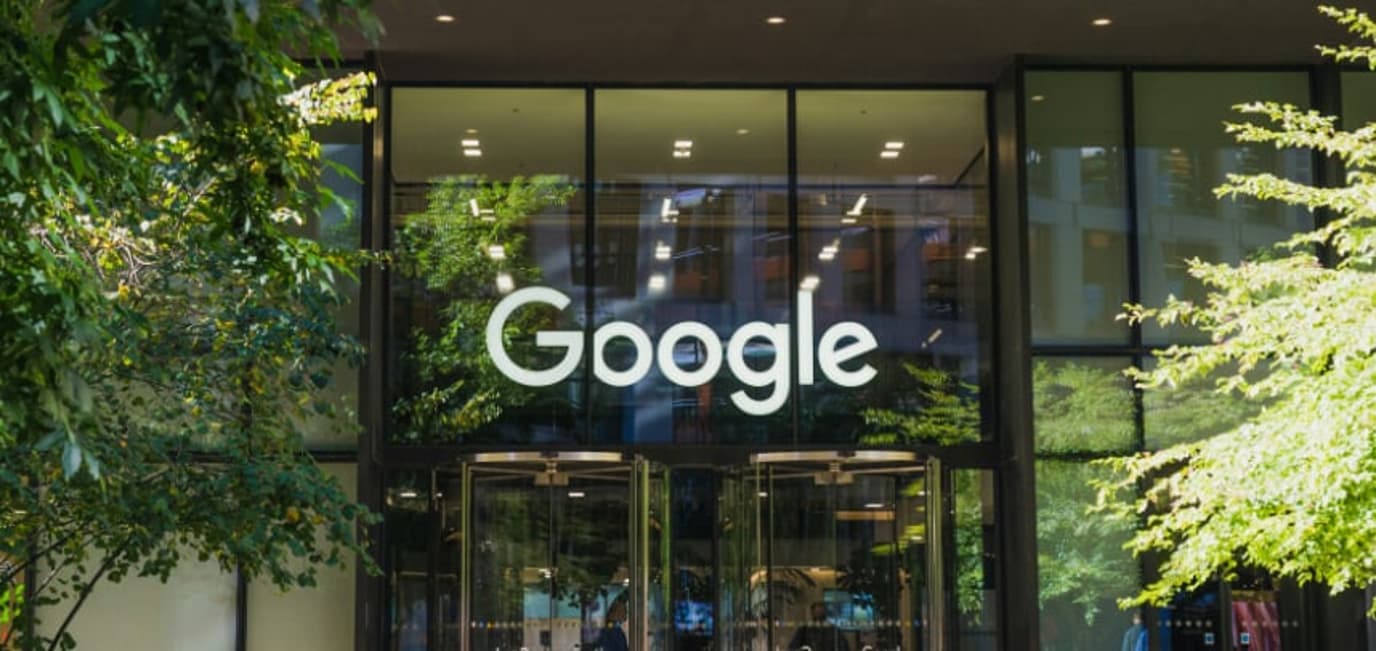
I’ll be honest… for a long time I never knew what ‘TLDR’ meant. Perhaps that means I am over the proverbial hill when it comes down to it… or maybe I just frequent the wrong social media platforms. Either way, it speaks to a very important shift in thinking.
(Just in case you are in a similar boat then ‘TLDR’ is ‘too long didn’t read’ and it means not having enough time to process long wordy answers – in other words ‘just give me the headline!’)
Today it is somewhat of a truism that internet users have an attention span of only a few seconds before they expect to get the information they receive or they decide to just abandon what they are doing. Even now I bet your attention is starting to wane!
Google, which aims to provide answers in the easiest way possible, began reacting to this change in 2017, introducing snippets of information from websites to provide answers (rather than forcing users to actually visit websites). Today, around 1 in 5 of ALL Google searches now feature a snippet of information to provide the key piece of information for the person searching for it.
This has directly led to far fewer people visiting websites for research purposes and therefore fewer opportunities for companies to be able to identify and market their products directly to consumers.
The evidence for this can be seen in Google stats.
- 19% of Google search results have featured snippets.
- 7.3% of Google search results have double featured snippets.
- 50% of a mobile screen is covered with a featured snippet.
- 70% of featured snippets are paragraphs (avg 42 words/249 characters).
- 19.1% of featured snippets are lists (avg 6 items/44 words)
Even this information came from a Google snippet!!! The truth is, featured snippets offer a way to quickly get information from a trusted source without needing to navigate away from the web page. The reason they are popular is that they are very useful and very effective.
Typically Google chooses snippets from what it considers a trusted source, so the web pages do require some elements of ranking. For highly competitive featured snippet spots, Google tends to choose from the top five websites which rank for those keywords. For niche questions, so long as a website ranks for those keywords then a featured snippet is a valid way for reaching the top of Google and attracting the attention of potential customers.
Moving beyond the idea of first place
Many businesses see this change as a threat with fewer people needing to visit their website. While that may be the case in some instances, it is also an opportunity to be smart in the way an SEO challenge is approached and get ahead of the competition.
Crafting snippets that answer the question and also lead people to your website is an art form in itself and may require some work from whoever manages your content.
So how to go about this? Well broadly speaking, there are seven types of Google featured snippets. Depending on the information you are wanting to get across, it may be wise to choose the format that suits it best.
- Paragraph (A short block of text) – 50% of featured snippets
- List (A bulleted or numbered list) – 37% of featured snippets
- Table (A table of data, max 2 columns and 5 rows in snippet)
- Video (Typically this links to a YouTube video with the snippet in the title)
- Accordion (Typically to hold additional information about products)
- Rich text (A bold answer, followed by additional information)
- Tool or calculator (a Google-friendly tool, for example, a mortgage calculator)
How can I make my website featured snippet-friendly?
As part of our SEO service, we specifically create snippets on web pages to be able to rank higher for them on Google. Google likes them to be formatted in quite a particular way.
The two best snippet types are question oriented – for example, ‘How do I do X?’ or definition oriented, such as ‘How to use Y’. In terms of where to put them on the page, the search query that you want to feature should have a header tag (h2, h3, h4) with the answer text directly below this heading in a <p> tag. The answer itself has a max character limit of 320, so keep it in that range (that is about 54-58 words long), though this word count requirement doesn’t apply to lists.
As a quick tip, a great way to update website pages (without having to constantly create new content), is to go over existing pages and make them more snippet-friendly. This may mean changing shorter content into questions or definitions, or it may mean summarising post content into an FAQ-style format.
We highly advise any business owner or manager reading this who is not currently thinking about Google featured snippets to shift their thinking. This approach has proven highly effective for Google search and is likely to continue in the future. Making snippets part of your SEO strategy is a great way to protect yourself from moving down the organic rankings.
Why choose us to help with your SEO?

Every day we work with clients who present unique challenges and we provide solutions that offer businesses new opportunities for growth. From web apps that enhance the way they work, websites that improve their sales or marketing and technical consultation that provides real opportunities for growth, we create the possibility for change.
Email us now at enquiries@wecreatedigital.co.uk to discuss your web project or fill out the form below. Alternatively, we always love to talk in person so feel free to call us on 01206 696205.





